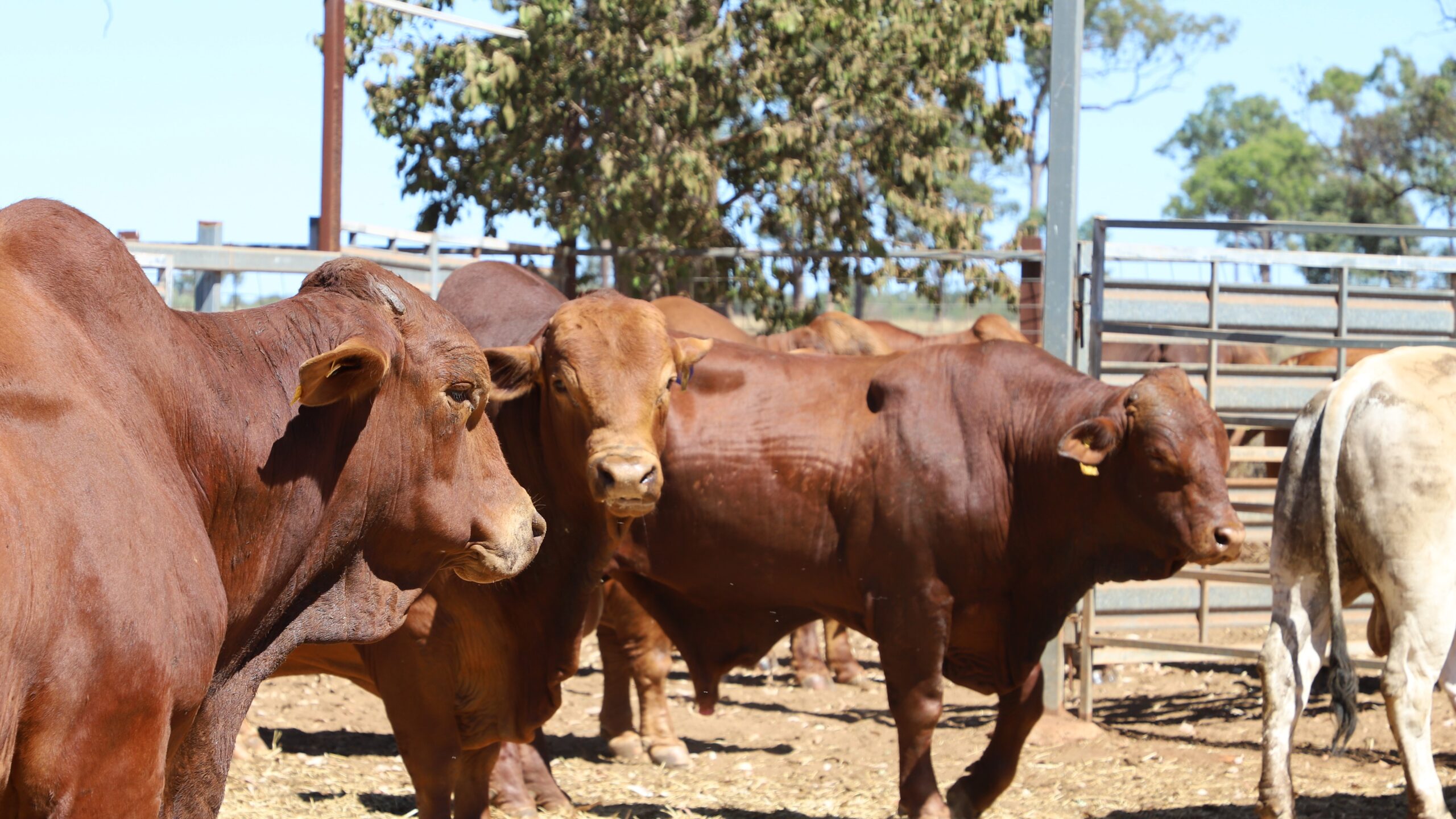Reproductive disease management — vibriosis

Disease management can easily be overlooked within a beef cattle enterprise. Especially in breeder herds, often bulls are the first to get the blame when producers see a lower-than-expected pregnancy or calving percentage. The routine vaccination of common diseases can be one of the simplest and easiest ways to ensure your herds’ productivity and profitability is maintained, or in most cases, improved. One such disease that can have a significant impact on the productivity and profitability of beef businesses is vibriosis.
Signs, symptoms and diagnosis
Vibriosis, caused by the Campylobacter fetus bacterium, is a common venereal disease that lives in the reproductive tract.
Bulls can harbour the infection in their sheath after mating with an infected cow. As bulls age, the lining of their sheath develops folds, which can better harbour the vibrio bacterium. Therefore, older bulls are more likely to pass on vibriosis to naïve cows and heifers.
Infected bulls will show no sign of infection as they are just the carriers and transmitters of the bacterium. Cows also may show no obvious signs of infection. However, females that cycle constantly and regularly but do not fall pregnant, or females that have been pregnancy tested in calf but do not present a calf at branding, may be affected by vibriosis.
Vibriosis can be tested by collecting vaginal mucus of heifers or cows to be sent away for testing. Bulls can be tested for the presence of vibriosis by taking sheath swabs. Tissue samples from aborted foetuses can also be taken and tested.
Economic impact
Vibriosis causes significant reproductive wastage in infected herds and can represent an extreme economic loss for producers, particularly in the first year of infection within a naïve herd. Gross margins can be reduced by as much as 65% in the first year of infection. When vibriosis becomes established in a herd, gross margins can be reduced by up 36% when compared to a vibriosis free herd (Dr Steven Hum, 2007).
Control, prevention and eradication
Prevention within your herd can be achieved with a vaccination program, however vaccinating the whole herd can be expensive. Therefore, the most cost effective strategy is to vaccinate all bulls and maiden heifers annually.
A beef producer case study from the Mackay region compiled in early 2021, demonstrated the risks associated with vaccinating only bulls (Catching a killer — vibriosis).
Other prevention and risk minimisation strategies include culling older bulls and barren cows who may be harbouring the bacterium and acting as a source of infection.
Eradication of vibriosis from an infected herd involves the vaccination of all breeding animals and treating infected bulls with antibiotics as directed by a veterinarian.
| Initial vaccination | Annual booster | Animals to treat | When to vaccinate |
|---|---|---|---|
| Two injections, 4-6 weeks apart | Bulls require an annual booster | Bulls and heifers. | Initial shots should be aligned so that the second shot is administered one month before mating. Bulls' yearly booster should be administered one month before joining. |
Vaccinating livestock is a great failsafe when it comes to protecting your herd and your business.
If you think your herd is currently suffering from a potential reproductive disease, or are worried your herd may be susceptible, feel free to contact your local beef extension officer or local veterinarian, and they can help you with the identification, control, eradication, or prevention of vibriosis.
More information
Beef producer case study: Catching a killer — vibriosis →
Vaccinations for beef cattle →
An overview of managing cow reproduction →
Vibriosis (Meat & Livestock Australia) →
Vibriosis of cattle factsheet (NSW Department of Primary Industries, PDF) →
Reproductive Disease Management — pestivirus →